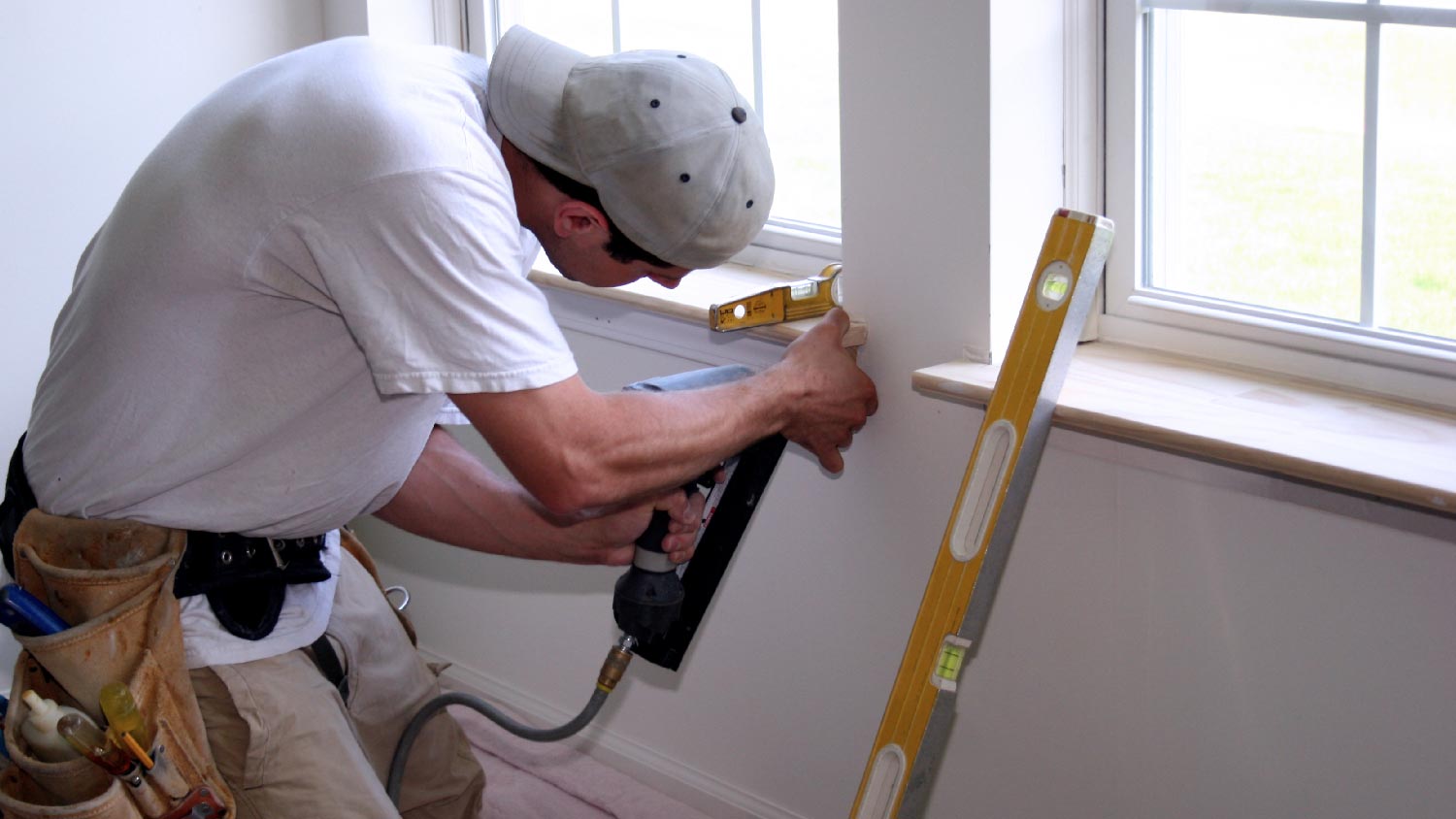
Who replaces window sills? Learn when to hire a window repair company vs. a handyperson or carpenter and what affects cost
The average cost to replace window screens is $317


Replacing a window screen costs an average of $317, and most homeowners spend between $147 and $515.
Screen size, material, and your location are the primary cost drivers.
New screens boost airflow, keep pests out, and can even trim your cooling bills.
Hiring a professional window screen replacer helps ensure a precise fit, proper installation, and long-lasting results.
This article was updated using automation technology and thoroughly reviewed for accuracy by HomeAdvisor Editor Ryan Noonan.
Expect to pay between $50 and $1,188 for a window screen replacement, with most projects averaging $317. Your final price depends on your location, the size of the window, and the frequency of screen replacements. Budgeting for the work—and hiring a window professional—helps you stay comfortable, block bugs, and keep energy costs in check.
Screen type and material aren’t the only things that affect cost—several other factors can nudge your budget up or down. Consider the following price factors before selecting a screen.
Most homes use movable or sliding screens because they are convenient and budget-friendly, costing between $60 and $260 each, installed. Custom screens, required for non-standard sizes or shapes, are available at a premium. These screens cost between $200 and $600 per window, installed. If you have a window with an unusual size or shape, a custom screen may be your only option.
If you’re looking for a pet-proof screen, expect to pay $150 to $560 per window, installed.
There are many different materials to choose from when it comes to window screens, ranging from affordable fiberglass to high-end solar and security models. Refer to the table below to explore some of the most popular materials and their associated costs, including installation fees.
| Window Screen Type | Average Price Range |
|---|---|
| Fiberglass | $60–$260 |
| Aluminum | $80–$390 |
| Copper | $120–$900 |
| Stainless steel | $80–$460 |
| Brass | $120–$980 |
| Security | $100–$1,000 |
| Solar screen costs | $60–$850 |
Local window screen replacement pros charge $20 to $50 per screen for labor and installation. One‑off jobs sit at the top of that range, while bulk replacements often qualify for a lower per‑screen rate.
Bigger windows mean larger screens, more material, and extra installation time—all of which raise the price.
To determine the cost, measure the length and width of each door or window, then multiply the length by the width to calculate the square footage for each screen you need. Add the square footage for each window or door together to get an accurate total project size. Then, determine the cost of your chosen material per square foot, which will provide an approximate estimate of the project price.
Labor rates increase when a pro has to work on upper‑story or hard‑to‑reach windows. Extra time, equipment, and safety measures increase the project's cost, particularly for screens located three stories or higher above ground level.
Similarly, if a window is in a spot that's hard to access, you'll pay a higher labor rate to compensate the pro for the extra complexity.
If the frame is still in good shape, consider rescreening—swapping out the mesh while keeping the existing frame can significantly reduce the cost, especially for large or custom windows. However, when a frame is warped or damaged, complete replacement is often the smarter—and less costly in the long term—move.
Labor to replace a window screen costs $20 to $50 per screen, often less than a third of the total project cost. Still, popping a screen out (or in) can crack the glass or dent the frame, so it’s best to leave the job to a professional, especially when custom sizes or premium mesh are involved. Hiring a local window screen replacement professional helps ensure the job is done right and prevents costly mistakes.
No place is more important than your home, which is why HomeAdvisor connects homeowners with local pros to transform their houses into homes they love. To help homeowners prepare for their next project, HomeAdvisor provides readers with accurate cost data and follows strict editorial guidelines. After a project is complete, we survey real customers about the costs to develop the pricing data you see, so you can make the best decisions for you and your home. We pair this data with research from reputable sources, including the U.S. Bureau of Labor Statistics, academic journals, market studies, and interviews with industry experts—all to ensure our prices reflect real-world projects.
From average costs to expert advice, get all the answers you need to get your job done.

Who replaces window sills? Learn when to hire a window repair company vs. a handyperson or carpenter and what affects cost
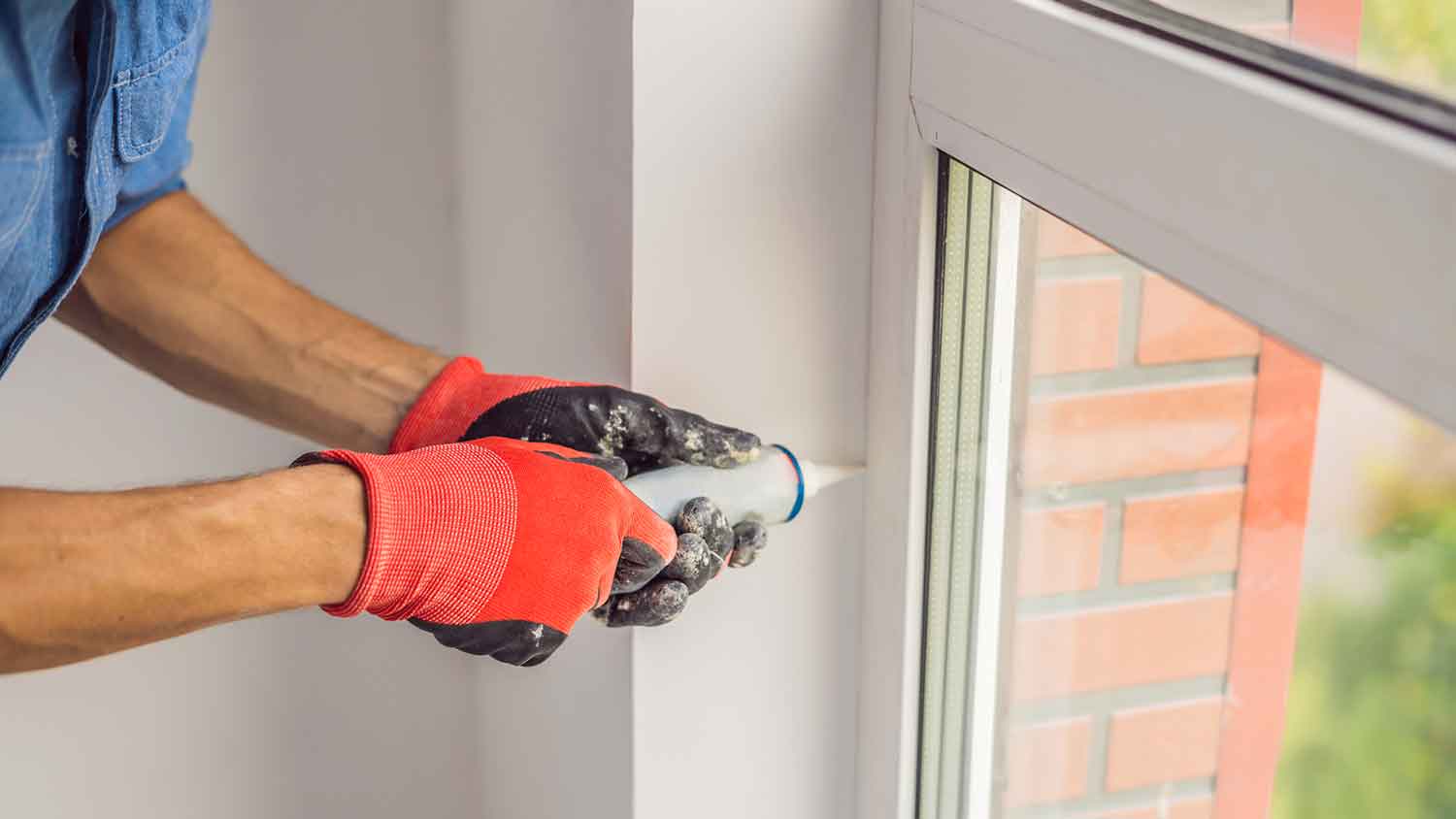
Who to call for window leak repair? Learn which pro fixes leaky windows, repair steps, and costs so you can hire with confidence
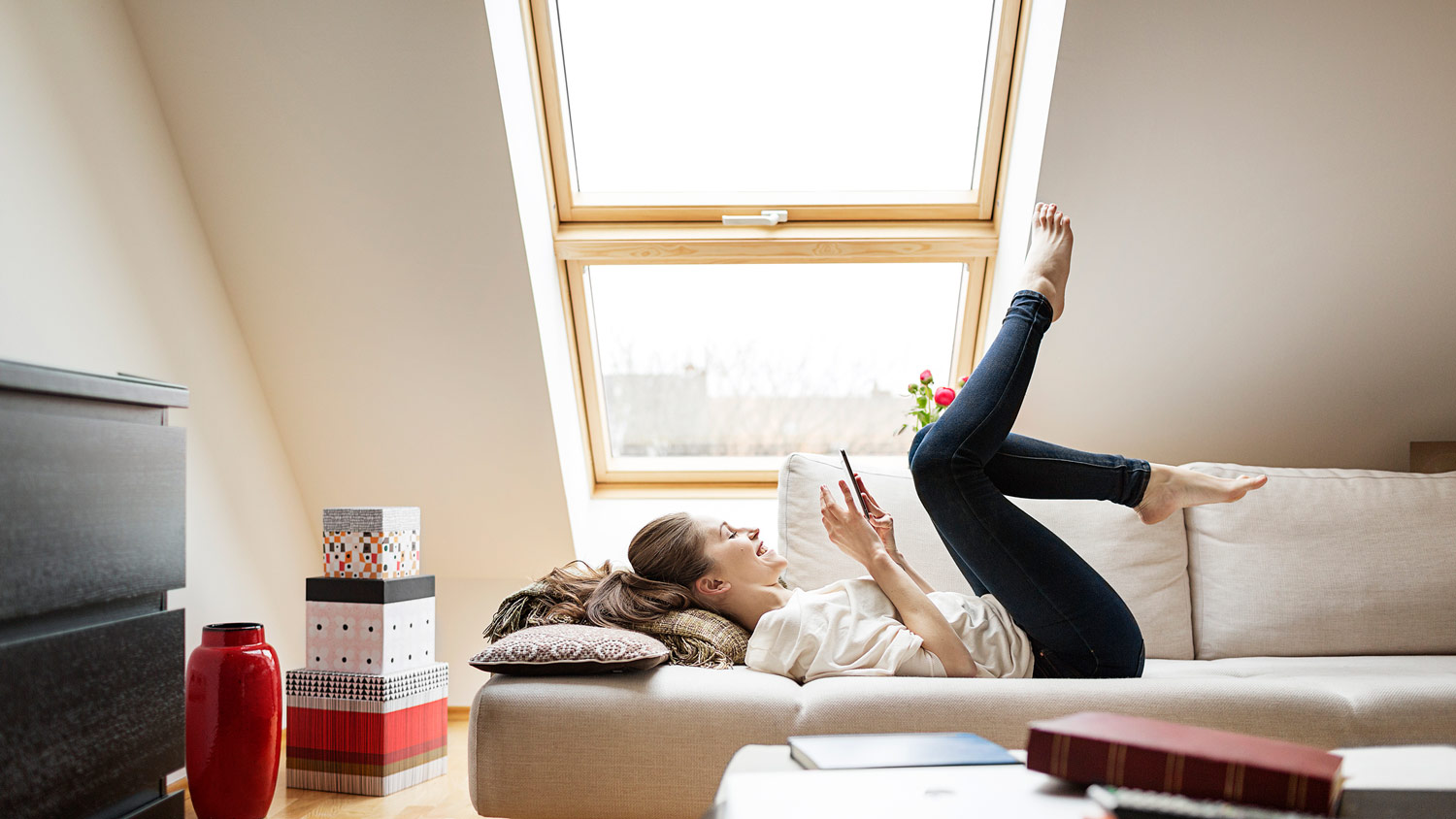
Wondering who to call to fix an egress window? Learn whether to hire a window repair specialist, general contractor, or handyperson and what they do.
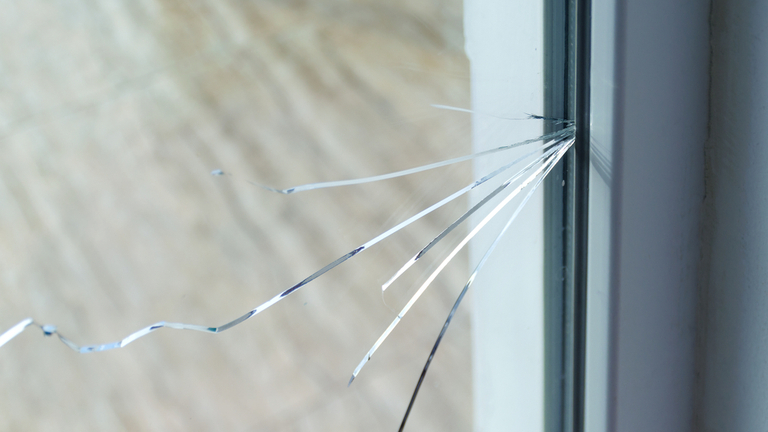
Who do you call to fix a broken window? Learn whether to hire a window repair team or a handyperson, how pros work, and what affects cost.
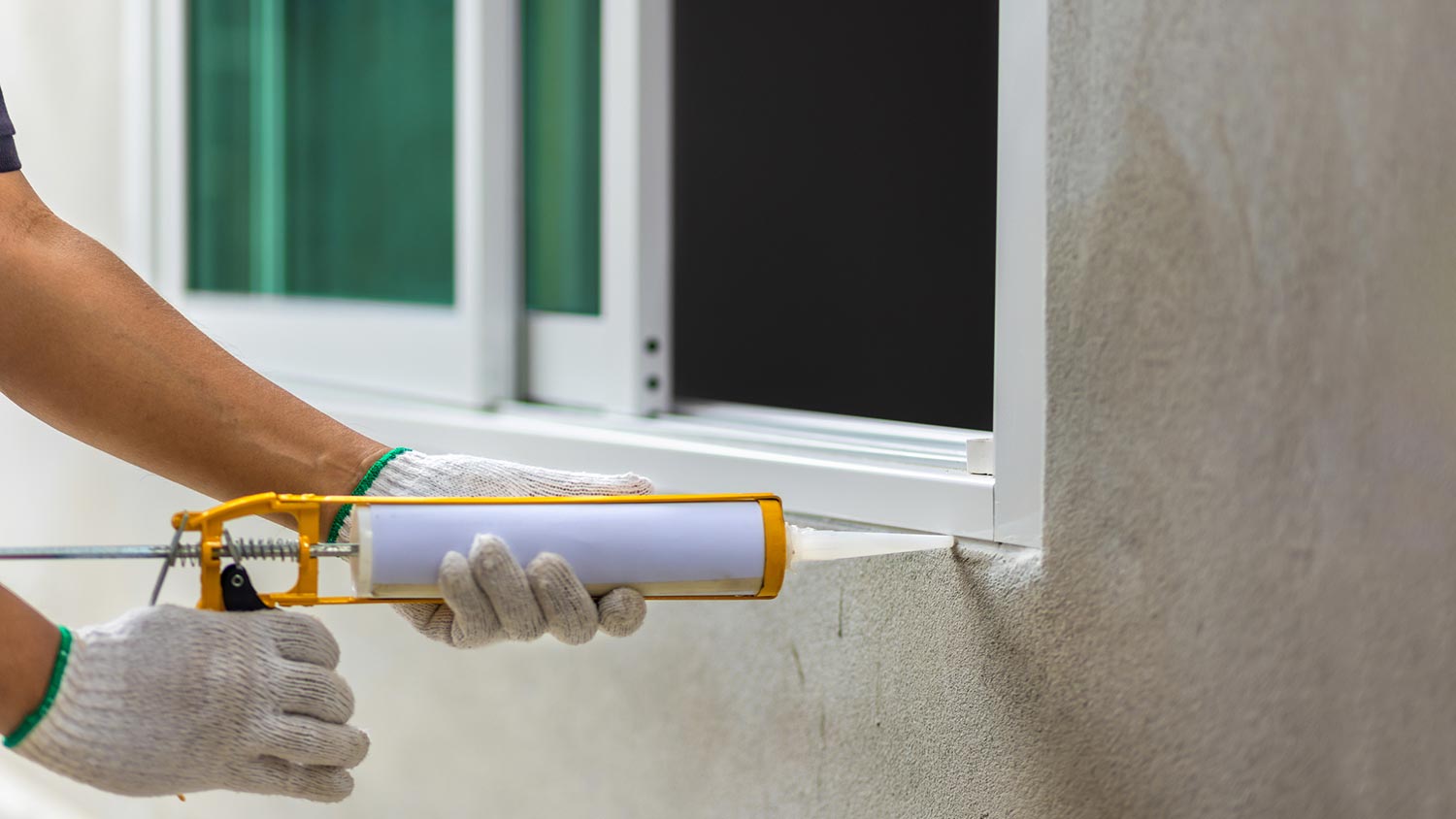
Who to hire to caulk windows? Compare a window repair team vs. handyperson, see what pros do, and learn the typical rates for pros.

Discover the average cost of window repair in 2025, including common repairs, window types, and factors that influence pricing. Learn whether DIY or professional services are the best option for your window repair needs.